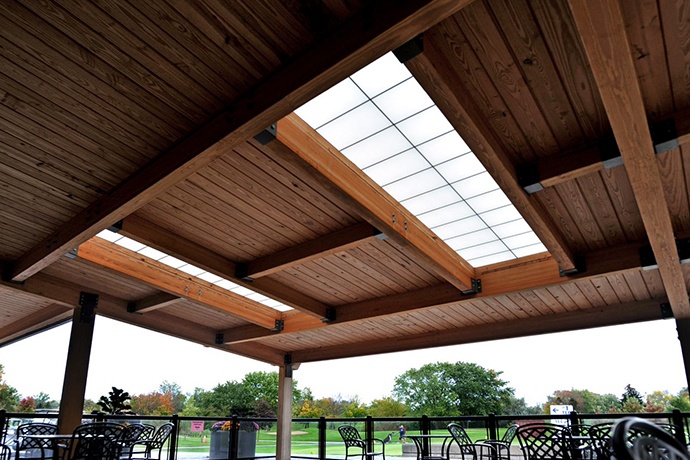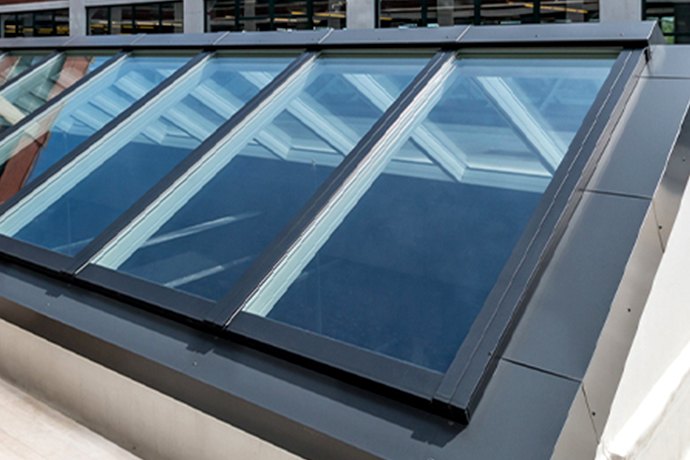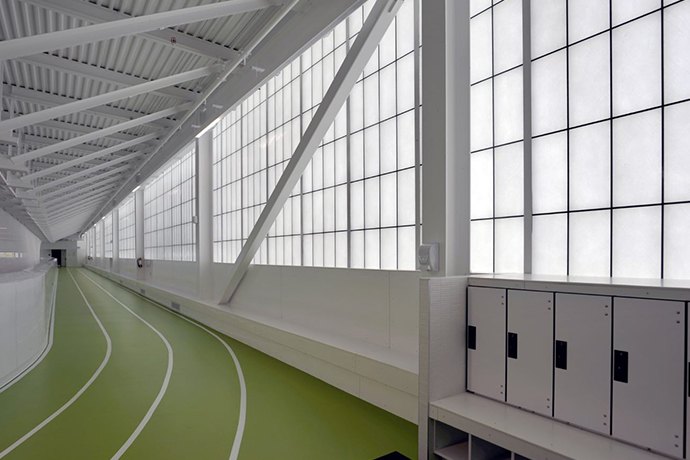BRAVURA NEWS
Shedding Light on Effective Daylighting Design

Daylighting is an important aspect of architectural design that involves using natural light to illuminate the interior spaces of a building. Effective daylighting can improve the visual comfort of building occupants, reduce energy consumption, and enhance the aesthetic appeal of the building.
Here are some key considerations for architects when incorporating daylighting into their designs:
Site orientation
The orientation of the building relative to the sun’s path can have a significant impact on the amount and quality of natural light that enters the space. Therefore, architects should carefully consider the building’s orientation and design openings, such as windows and skylights, accordingly.
Building Form
The shape and size of a building can affect the distribution and quality of natural light inside. For example, narrow and deep floor plans may require additional strategies to bring natural light into the interior spaces.

Glazing
Choosing the right glazing material is critical to achieving effective daylighting. Factors such as the type, size, and placement of glazing should be carefully considered to balance daylighting with energy efficiency, thermal comfort, and visual privacy.

Shading and daylight control
Architects should consider implementing shading devices, such as exterior louvers or interior blinds, to control the amount and quality of daylight entering the space. Daylight sensors and automated shading systems can also be used to adjust the light levels and improve energy efficiency.
Interior design
The interior design of a building can also impact the effectiveness of daylighting. Using light-colored surfaces and materials, such as walls, ceilings, and flooring, can help distribute and reflect natural light more effectively.


